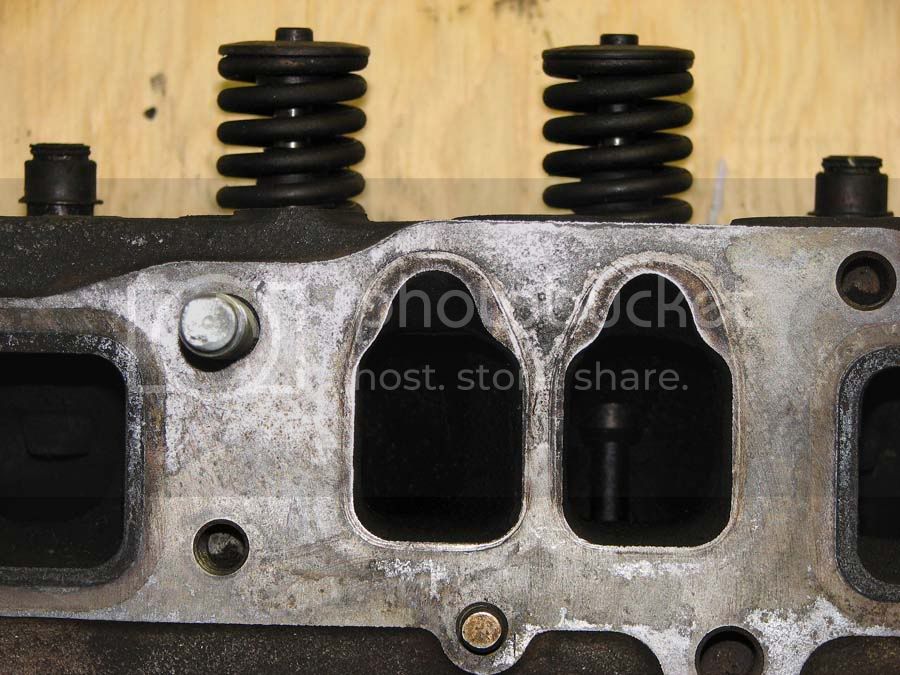This post reserved for summary, links to relevant threads/sites, etc. Will be updated as things progress.
Some relevant threads:
Jim C's comparison of the 3FE head to the late 2F/3F head
matt.mcinnes' 2F-ETI build thread
Matt's head-focussed thread from the above build
Randy and Mark freshen up a 3FE for the 62
Randy and Mark freshen up the 3FE in Randy's 40
The shortblock to go under this
good camshaft thread
another good camshaft thread
Some short threads of mine that led to this:
Best way to clean the head casting?
What parts do I need to collect?
What's it going to do for economy?
Early musings
Non-Mud links:
The main book I'm using for guidance, John Dalton's Practical Gas Flow
David Vizard's How to Build Horsepower v.1
David Vizard's How to Build Horsepower v.2
Tom Monroe - Engine Builder's Handbook
Racing Engine Builder's Handbook - Tom Monroe
Stainless SBC valves recommended by Jim C (1.50 exhaust, 1.84 intake, see post 171 for details on exhaust valve length, this length varies between the 2F and 3FE, so valves much match the rocker arm assembly you use)
Some relevant threads:
Jim C's comparison of the 3FE head to the late 2F/3F head
matt.mcinnes' 2F-ETI build thread
Matt's head-focussed thread from the above build
Randy and Mark freshen up a 3FE for the 62
Randy and Mark freshen up the 3FE in Randy's 40
The shortblock to go under this
good camshaft thread
another good camshaft thread
Some short threads of mine that led to this:
Best way to clean the head casting?
What parts do I need to collect?
What's it going to do for economy?
Early musings
Non-Mud links:
The main book I'm using for guidance, John Dalton's Practical Gas Flow
David Vizard's How to Build Horsepower v.1
David Vizard's How to Build Horsepower v.2
Tom Monroe - Engine Builder's Handbook
Racing Engine Builder's Handbook - Tom Monroe
Stainless SBC valves recommended by Jim C (1.50 exhaust, 1.84 intake, see post 171 for details on exhaust valve length, this length varies between the 2F and 3FE, so valves much match the rocker arm assembly you use)
Last edited:
























